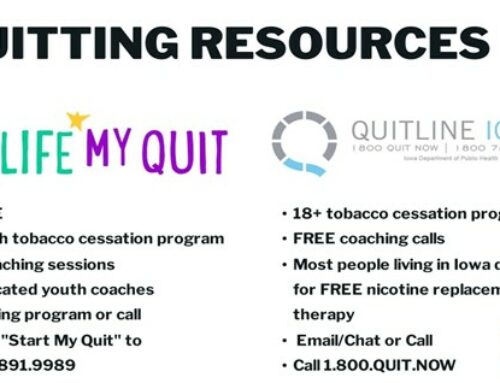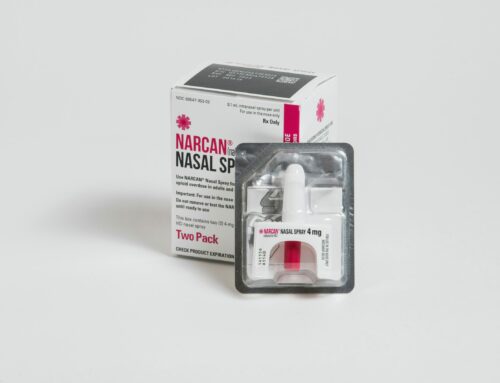
Do the winter months get you down more than you think they should? If so, you might have seasonal depression, also known as seasonal affective disorder (SAD).
Seasonal depression is a mood disorder that happens every year at the same time. In general, seasonal affective disorder starts in fall or winter and ends in spring or early summer.
Seasonal affective disorder may affect as many as 11 million people in the U.S. each year, and 25 million more may have a milder form called the winter blues.
While the exact causes of the seasonal affective disorder are unknown, some scientists think that certain hormones made deep in the brain trigger attitude-related changes at certain times of the year. Experts believe that seasonal affective disorder may be related to these hormonal changes. One theory is that less sunlight during fall and winter leads to the brain making less serotonin, a chemical linked to brain pathways that regulate mood. When nerve cell pathways in the brain that regulate mood don’t work the way they should, the result can be feelings of depression, along with symptoms of fatigue and weight gain.
SAD usually starts in young adulthood and is more common in women than men. Some people with SAD have mild symptoms and feel out of sorts or cranky. Others have worse symptoms that interfere with relationships and work.
Because the lack of enough daylight during wintertime is related to SAD, it’s less often found in countries where there’s plenty of sunshine year-round.
Feel free to reach out to professionals right here in our community who specialize in helping people.
Call Sieda Behavioral Health and Treatment Services at 641-683-6747. They can answer questions and get you the help you and your family need.






Leave A Comment
You must be logged in to post a comment.